I’ve always found the beach to be a pretty relaxing place. I like to go there to swim, and drink beer, and look at birds, and fish. Occasionally I’ll get sunburned or step on something sharp, but it’s pretty much somewhere I can close my eyes and feel at peace.
For the animals that live there, though, it can be the opposite kind of place. If they stray too far from the water, they risk death by desiccation, or predation. Venture out into the open water, and they brave a gauntlet of hungry fish and crushing waves. It’s a punishing desert of hot, dry sand bordered by the soup of predators and parasites that our prehistoric mudskipper ancestors (the first landlubbers, you could say) fled for parts interior. This is the first part in a series about the dangerous world that animals navigate on shorelines.
I don’t mean for it to be a totalizing view of the lives of plants and animals at beaches: I’m sure these life forms (even the plants, for all I know!) experience their joys and victories, and even a certain amount of “fun,” or its equivalent, in their seashore lives. What I do hope to leave you with, (in addition to some interesting information about nature) is an increased awareness of some of the stresses these plants and animals are already under when we enter their lives, with the hope that you’ll make considerate decisions at the beach.
The letter you’re reading is about shells. I can’t promise I’ll come up with good titles for all of them, but I’m pleased to call this one Violence of the Clams which, in my opinion, is a cool name.
I’ve been picking up shells at the beach my entire life, admiring the delicate natural architecture and the colorful patterns and sometimes, probably too often, bringing them home. As a result, my apartment is full of shells. I have shells in bowls, and glasses, and tupperware containers. In the closet, I have a canvas bag full of whelks and oysters that are too large and heavy to go anywhere else.
I use the shells about as well as anyone could: as Christmas ornaments, and soap dishes, and paper weights. When I used to smoke cigarettes, I liked to ash in surf clam shells, a heftier species more suited for the purpose than their quahog cousins. Mostly, though, I just kind of keep them around. They give my apartment a beachy, nautical, shabby Martha Stewart kind of vibe, or at least I like to think they do.
But the more I’ve thought about shells, the more I’ve come to feel that I got them all wrong. Their charm is deceptive! After a lifetime of pocketing what I always saw as wholesome souvenirs, I’ve started to see shells as emblematic of the danger and violence that coastal animals endure and inflict on one another: a hidden, horrifying world hiding in plain sight at the beach.
You can see the effects of that environmental adversity everywhere in the shapes and behaviors of coastal wildlife. Crabs have sharp claws and spikes to protect them from predators (and eviscerate prey); seaside plants have thick, succulent leaves that guard their moisture from the sun and their countless thirsty neighbors. Many animals have evolved to blend in with the beach, or bury themselves in liquefied sand. Anyone who has ever inadvertently disturbed a group of nesting terns and seen that volley of dagger-sharp bills erupt around them has experienced the savagery of ocean life: a kind of desperate, kill-or-be killed attitude these animals are obligated to carry into all of their waking interactions. But in seashells (or in many seashells, at least) that principle finds its apotheosis.
Mollusks make shells by pulling minerals out of the environment, mixing them into a compound in their bodies, and then secreting that compound around them with an organ called a mantle.
A shell is bulky and limiting. Almost always, it outweighs the rest of the animal by a lot. We don’t really notice the energy that goes towards growing our skin or bones, but if they surrounded us, and we had to drag them everywhere, we probably would. Building, repairing, and maneuvering a shell is a constant preoccupation of an animal that has one. Basically: being a shellfish is a big chore!
Nature doesn’t needlessly burden its children, or at least it tends not to: if the benefits of building and lugging around a shell didn’t outweigh the significant costs, then there wouldn’t be so many shellfish. We have thick skulls because protecting our brains from trauma is worth the energy costs of carrying a ten-pound helmet on our shoulders. Snails and clams and oysters have shells (or, if you like, “full-body skulls”) because the world they inhabit is full of horrifying, dangerous things. They’re armor, and just like the medieval armor that you can see on display at museums, their provenance is extreme, almost absurd amounts of danger and violence that surround them.
The first sign of the violence that I remember noticing was a neat circular hole on the hinge of a clam shell. By the time shells wash up along the ocean-facing beaches of New York, most are at least a little chipped and fragmented from crashing waves, but this hole was smooth, perfectly round, and angled in from the outside. With clean edges sloped inwards, it looked like a hole you’d drill to countersink the head of a screw into a wall (most guides, in fact, describe it as a “countersunk” hole). It was the kind of scar that couldn’t possibly have come from anything but careful, deliberate effort.
It turned out to be the work of a moon snail—a creature whose globe-shaped spiral shell also washes up on my local shorelines. A predator of tidal sand beaches and mudflats, the moon snail kills by enveloping another mollusk to immobilize it, and then drilling through its shell with an organ called a radula (it’s more like a file than a drill: a kind of toothed tongue). Once the radula reaches the other side of the shell, the moon snail injects a caustic enzyme through the opening, dissolving its victim alive to subdue it before forcing its way in to eat the whole slimy, wounded concoction.
Looking at moon snail shells, you’d never guess that they were so mean. There are no spikes, or barbs, or sharp parts. Their colors (at least, the colors of the species that live near me) are soft beiges and grays, occasionally washed in faint pink and blue tones. You could be forgiven for looking at them and imagining shoreline environments to be restful, calm places, but hard clams, which moon snails love to eat, give the game away. Clams are nature’s panic rooms: two thick shells linked by an adductor muscle that can close quickly and tightly around their soft bodies. They keep themselves buried most of the time, sucking organic matter through a siphon that emerges from the muck like a snorkel. At the slightest hint of danger, they seal up and descend.
Clams and moon snails are both prehistoric, and have evolved together over the course of hundreds of millions of years, improving their respective abilities to capture and evade one another. Some clams have evolved barbs on their shells that make it difficult for predators to hold on, and some have grown lighter, and softer, but for the most part, they’ve spent that time doubling down on their armor: the majority have thick shells that buy them time while the snails drill from the outside, increasing the likelihood that their attacker will be interrupted by something else. Both groups have spread out and diversified as continents have split and drifted apart, but the dynamic remains about the same everywhere. Around the world, hundreds of different moon snail species play this game of cat-and-mouse with thousands of different clam species.
You can trace the kind of technological brinkmanship everywhere in nature, from the fragrant chemicals that trees excrete (insect repellant), to the tails that some lizards jettison when attacked. The cool thing about shells is that they preserve the stages of that evolution in calcium carbonate. Each shell is a piece of evocative natural architecture that can teach you about life on earth, and if they’re well taken care of, they basically last forever. Some moon snail holes in clam and oyster shells are nearly 200 million years old.
Drilling is just one of the ways shoreline animals terrorize one another. Mollusks are constantly trying to pry, suffocate, crack, or otherwise force their way into one another’s shells. A whole host of other animals have developed strategies for devouring shellfish, from the gulls that drop them on parking lots, to the fish that crush them in their jaws, to the oystercatchers whose bills bear a striking resemblance to oyster knives. Look closely and you can read that violence into the whorls of shells, and their spines, and the little shield-shaped operculums that snails use to protect them when they retract.
The best thing I’ve read about the evolutionary explanations for the shapes and patterns of shells is Geerat J Vermeij’s A Natural History of Shells, a smart, comprehensive work that has just enough narrative excitement and sense of wonder to carry the technical academic digressions. It’s an ambitious little book that sweeps through space and time, covering hundreds of millions of years of ocean life and picking out evocative little details to illustrate how those structures relate to ecological and environmental factors.
I tend to go back and forth between feeling awestruck by the intricate patterns in nature and horrified by the bizarre, cruel ways animals treat each other. It’s a paradox, I guess, that there’s so much beauty and organized structure mixed in with all that chaos and violence (or, if you prefer, so much violence built into those intricate, beautiful systems). As mollusks build shells, the secretions of calcium carbonate and other mineral compounds that they make follow precise, repetitive patterns, creating planes of symmetry in bivalves and recursive spiral shapes in snails. To me, they kind of epitomize that tension: a perfect example of the confusing mixture of horror and beauty that you see everywhere.
You’ve gotten this far! Here’s a video of a moon snail attacking a razor clam:
I’ve got some fun stuff coming up here at Landlubber: a few stories I’m really excited to show you and then, beginning as soon as I have a little time, a series called Down the Shore that, for all I know, will take years.
The idea is a long walk that begins in Sandy Hook and ends down in Cape May Point: an exploration of the Jersey Shore. It’s going to be an adventure through natural and human history, maritime lore, waterfront crime, shipwrecks, amusement parks, and more on some of the best beaches in the United States.
I can’t do it all in one shot, because I’ve got family and work obligations here in New York City so instead I’ll have to tag back and forth, working my way south piece by piece. I’ve got some things I’m already excited to write about along the way, and the trips will provide plenty of material I can’t anticipate, but if you’re a shore-knower, and have any tips (an obscure 200-year-old waterfront bar, a haunted aquarium, a shipwreck that appears only at low tide on full moons, or anything else you think I should drop by and take a look at on one of these walks) please let me know! Stories need characters, too, and I’d also be eternally grateful if you point me in the direction of anyone you think it would be worthwhile to speak with: the unofficial town mayors, the busybodies, the barflies, and really, any local residents that love their beach towns and want to talk about them.
Alright, that’s all for now!
With love,
Russell




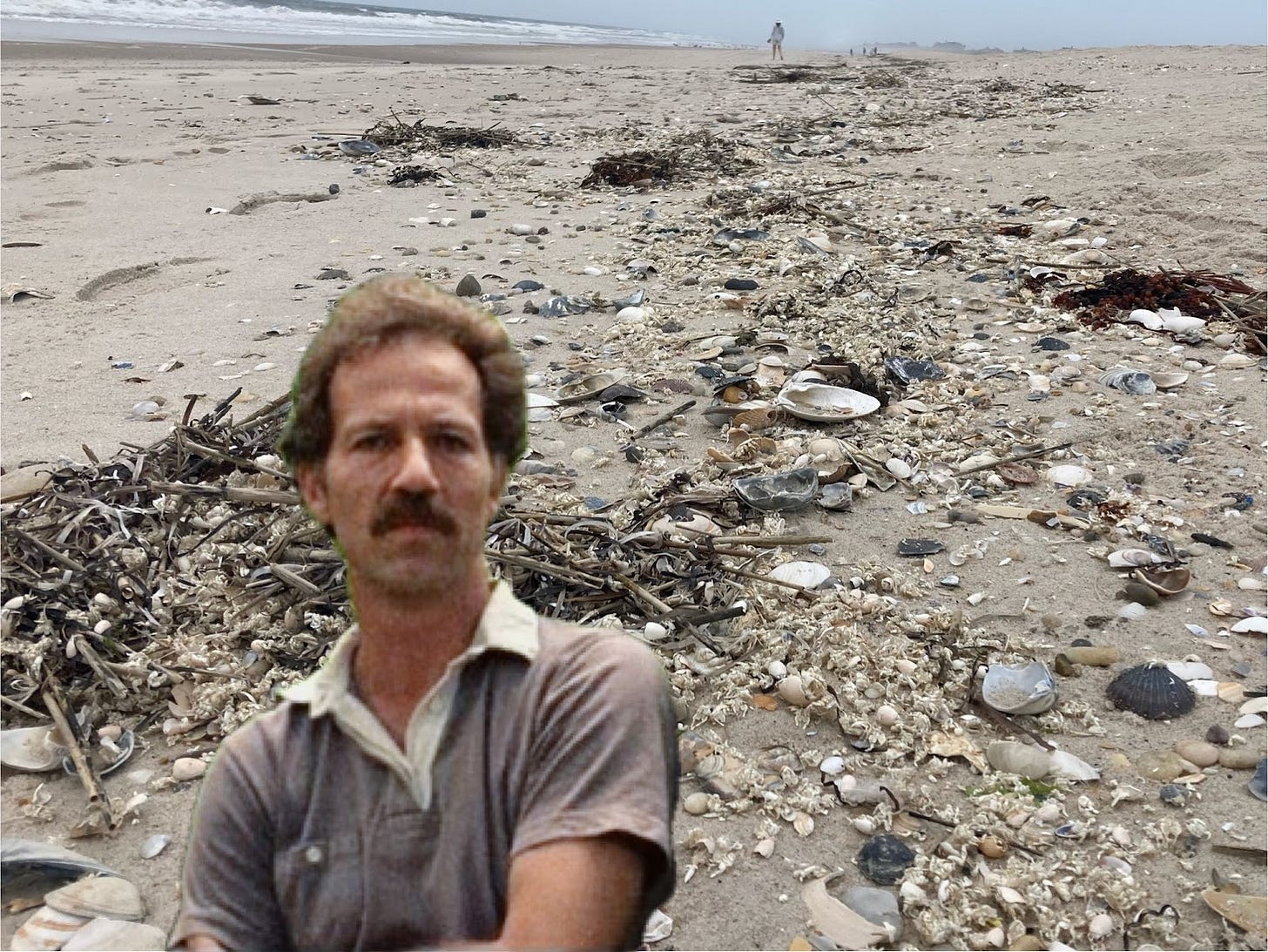
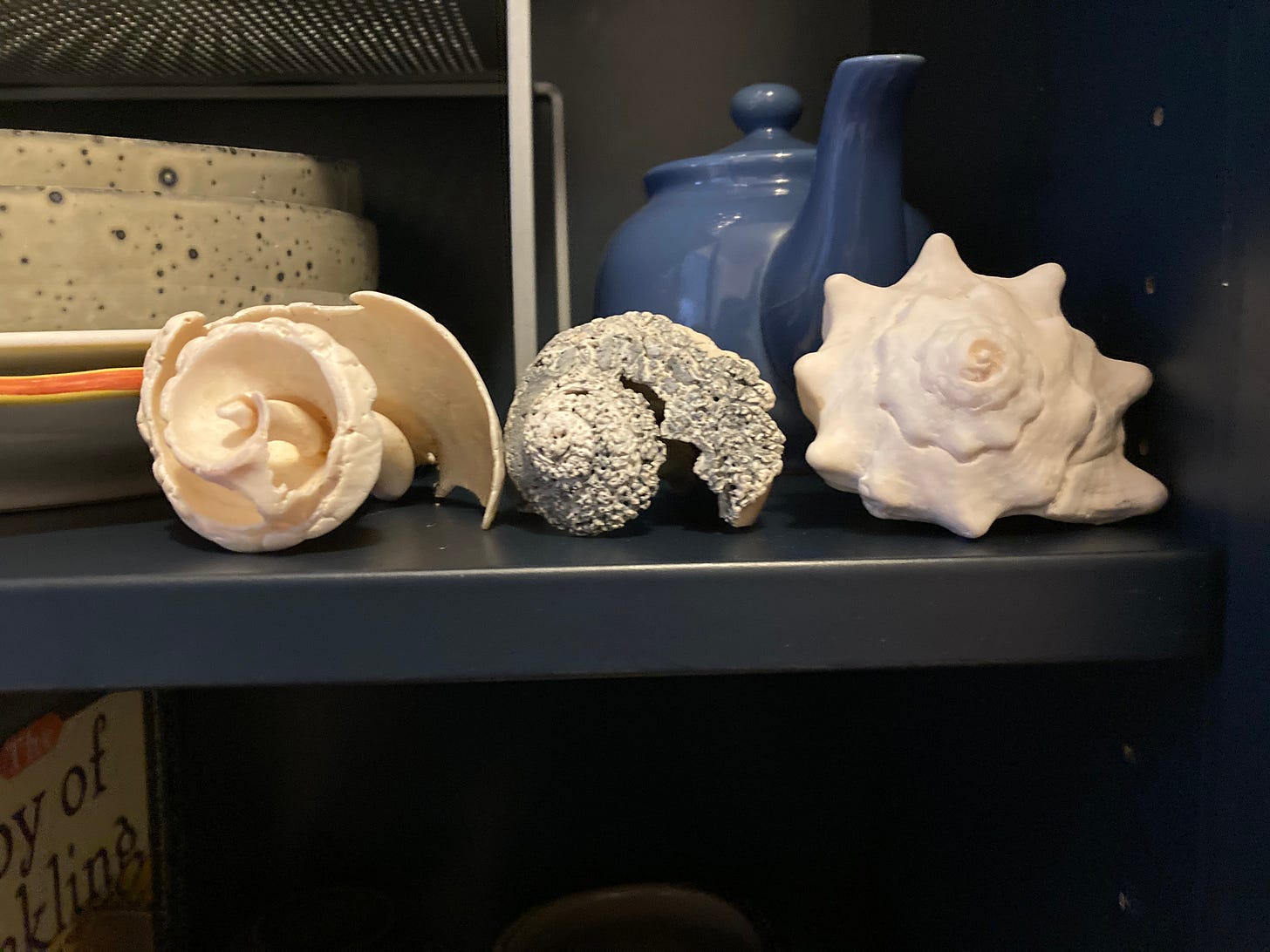


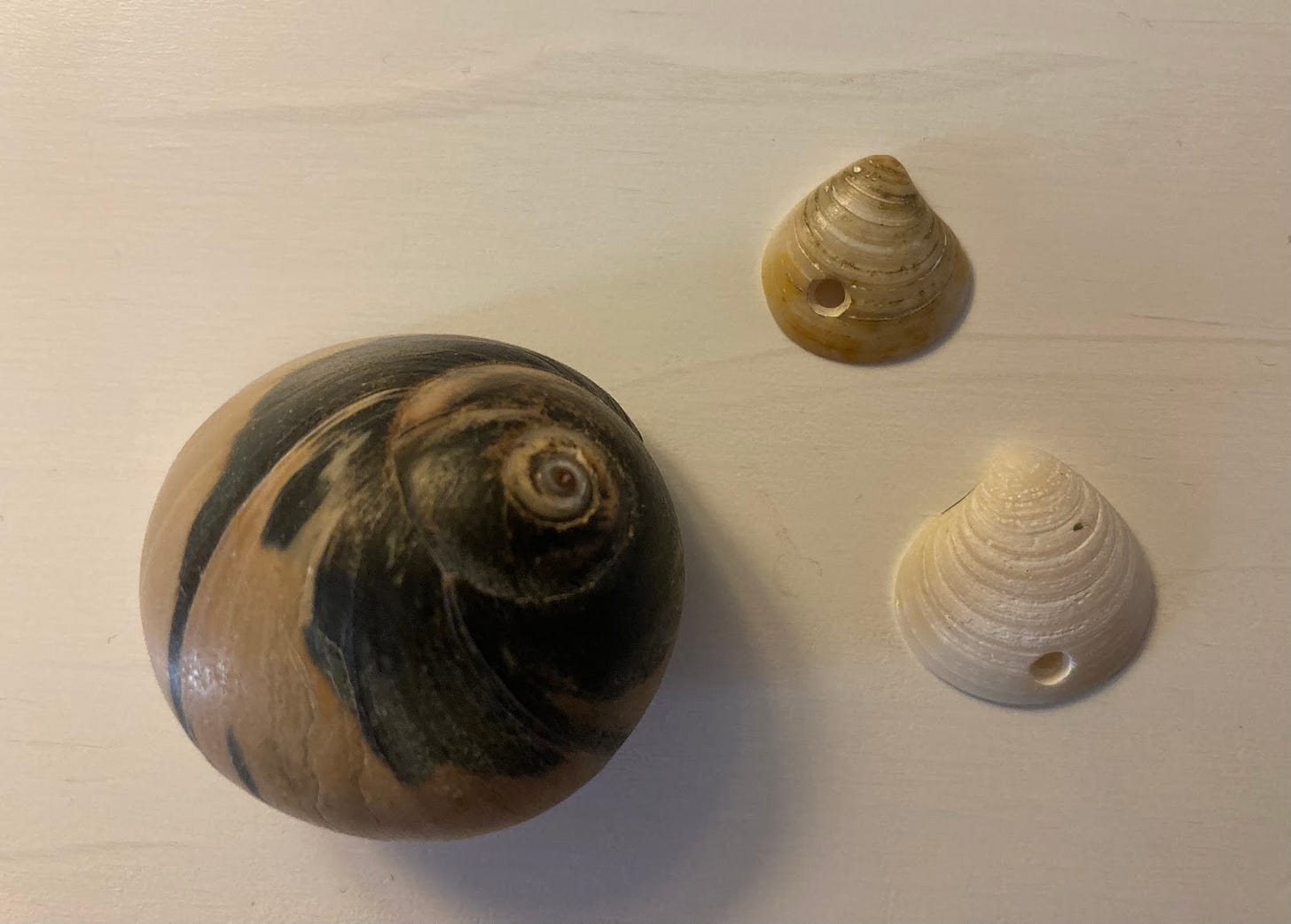
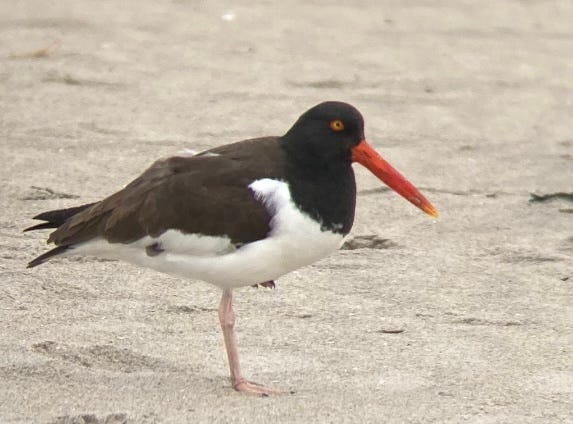
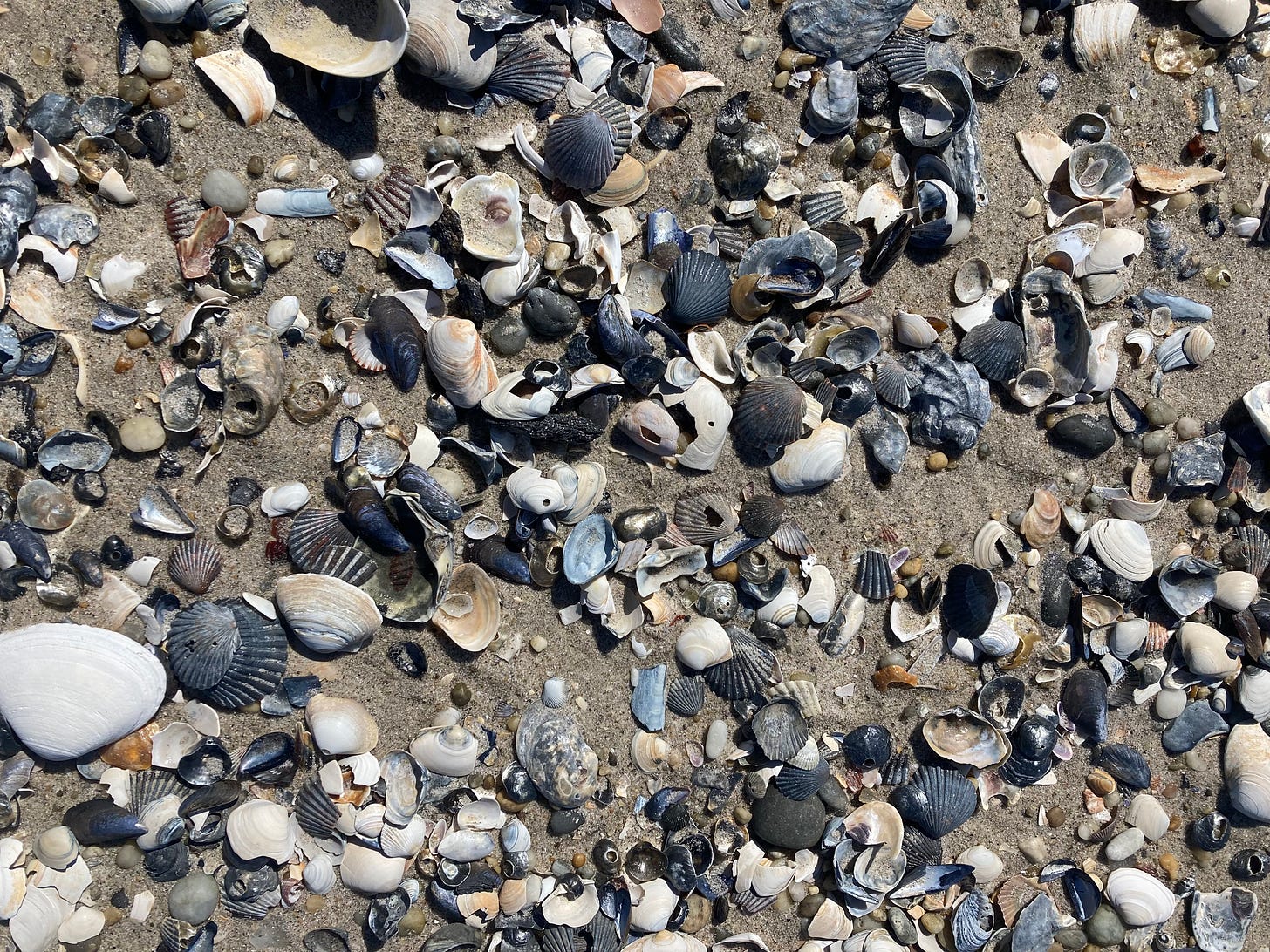
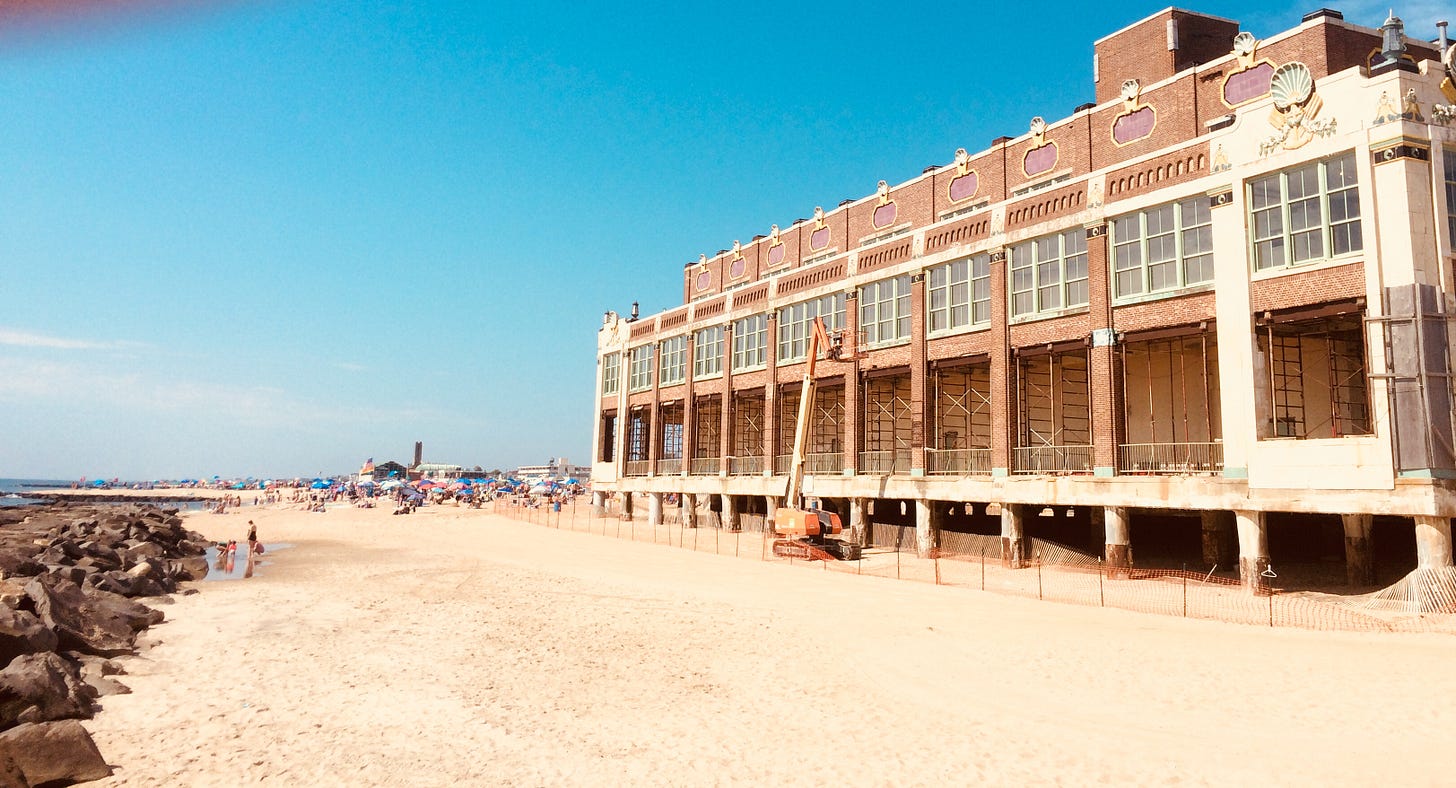
Thanks Robert!
What a good read! I can't wait for the rest of this series - and for Down the Shore!